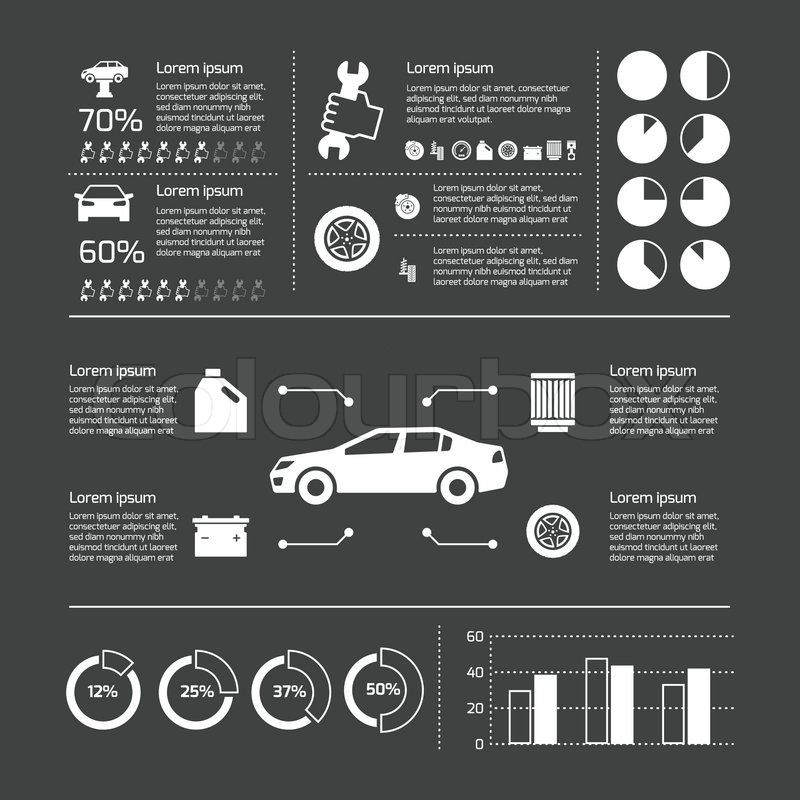Evaluating Your Car'S Warning Indicators: What They Truly Communicate
Evaluating Your Car'S Warning Indicators: What They Truly Communicate
Blog Article
Web Content Produce By-Vinson Shepherd
When you're behind the wheel, those glowing caution lights on your control panel can be a little bit complicated. Do you recognize what they're attempting to inform you about your cars and truck's wellness? Recognizing the relevance of these lights is crucial for your safety and security and the durability of your vehicle. So, the following time one of those lights appears, wouldn't you want to analyze its message precisely and take the essential steps to address it?
Common Caution Lights and Interpretations
Identify usual warning lights in your automobile and comprehend their meanings to guarantee risk-free driving.
The most typical caution lights include the check engine light, which indicates problems with the engine or exhausts system. If this light comes on, it's important to have your lorry examined without delay.
The oil stress warning light indicates reduced oil stress, calling for instant interest to prevent engine damage.
A flashing battery light could recommend a malfunctioning charging system, possibly leaving you stranded otherwise attended to.
The tire stress surveillance system (TPMS) light notifies you to low tire pressure, impacting vehicle security and gas efficiency. Neglecting look at this site could lead to dangerous driving problems.
car detailing wash shows a trouble with the anti-lock stopping system, endangering your capability to stop rapidly in emergencies.
Lastly, the coolant temperature cautioning light warns of engine getting too hot, which can cause serious damage if not resolved swiftly.
Comprehending these common caution lights will aid you resolve problems without delay and maintain secure driving conditions.
Relevance of Prompt Focus
Understanding the common warning lights in your vehicle is just the first step; the significance of immediately dealing with these warnings can't be highlighted enough to guarantee your safety when driving.
When a caution light illuminates on your control panel, it's your automobile's way of connecting a possible concern that needs interest. Neglecting these warnings can result in much more severe problems later on, compromising your safety and potentially costing you a lot more out of commission.
Trigger interest to advising lights can stop break downs and crashes. For instance, a flashing check engine light can indicate a misfire that, if left unattended, might create damages to the catalytic converter. Resolving this without delay can conserve you from an expensive repair work.
In a similar way, a brake system alerting light may signify low brake fluid or worn brake pads, important components for your security when driving.
DIY Troubleshooting Tips
If you discover a warning light on your control panel, there are a couple of DIY troubleshooting tips you can try prior to seeking specialist aid.
The initial step is to consult your vehicle's guidebook to comprehend what the certain caution light indicates. Occasionally the issue can be as straightforward as a loosened gas cap setting off the check engine light. Tightening the gas cap may deal with the trouble.
An additional typical issue is a low battery, which can trigger various warning lights. Examining the battery connections for rust and ensuring they're secure might fix the issue.
If a caution light lingers, you can try resetting it by detaching the car's battery for a few minutes and afterwards reconnecting it. Additionally, checking your car's liquid degrees, such as oil, coolant, and brake fluid, can help repair cautioning lights related to these systems.
Verdict
To conclude, recognizing your cars and truck's caution lights is important for maintaining your automobile running efficiently and securely. By without delay dealing with these signals and understanding what they indicate, you can avoid expensive repairs and possible malfunctions.
Keep in mind to consult your auto's manual for certain information on each warning light and take action as necessary to make sure a trouble-free driving experience.
Remain informed, remain safe on the road!
